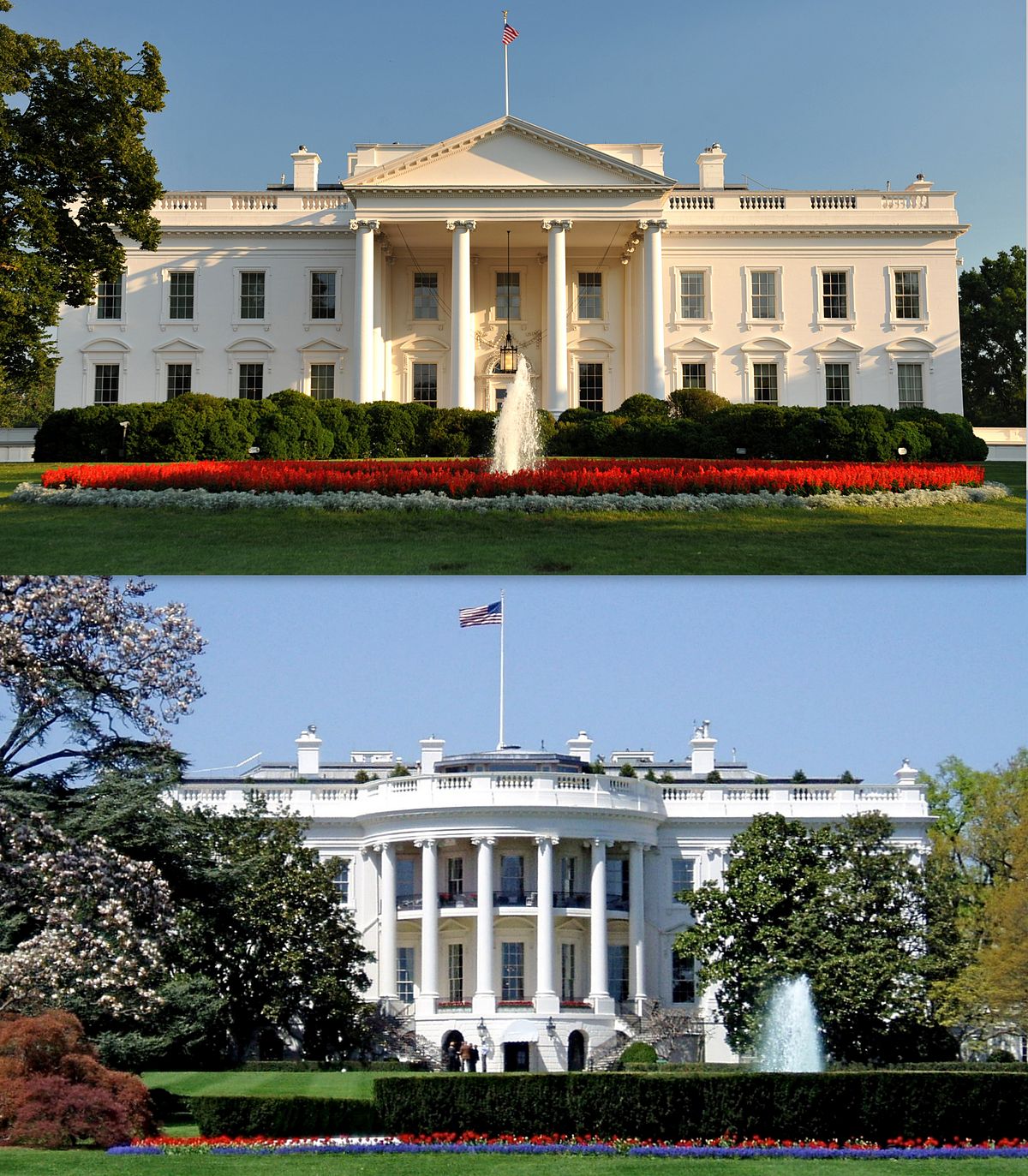4TH GRADE
Students will be asked to consider what makes a building, structure, place, or work of art a “landmark.” Students will observe the built environment of Hammond to determine which structures define the city and analyze how these buildings make the community feel.
Lesson – Hammond Landmarks
Length of Lesson: 60 minutes
Architectural Principles
Symbolism is an important means of visual communication for architecture.
Visual thinking is a key to awareness of the built environment.
Social structure, culture and the built environment have a direct influence on one another.
Design is experienced through human sensory perception.
Architecture satisfies emotional and spiritual needs in addition to physical needs.
Materials
Crayons, markers, colored pencils
Sketch paper
Photographs of national landmarks (included)
Photographs of Hammond Landmarks






Activity
1. Begin by showing the class several images of national landmarks. In architectural language, a landmark is a building or prominent object that a community relates to in a given area. Ask students what they think are local landmarks and if they believe that landmarks are important to the community. Discuss the size, location, and visibility of local landmarks. Are they all large, isolated, by a busy road, a community gathering spot, etc.?
2. Ask students to make a list of landmarks in Hammond. Discuss whether or not these landmarks are positive landmarks or negative landmarks? What makes them visually significant.
3. Ask students to draw their favorite Hammond landmark and design a future Hammond landmark. Students should write a paragraph about what makes both buildings landmarks – despite their difference in design.
BONUS: Send the names of the buildings that your students believe to be Hammond Landmarks to the Hammond Historic District Commission. Please send us an inquiry via our contact page with the subject line "Hammond Landmarks" so we can ensure that the buildings the community finds significant are appropriately preserved.
Teacher’s Evaluation
1. Analyze the students’ artwork for their understanding of how landmarks anchor the neighborhood and their understanding of design and color.
2. Evaluate the students’ ability to write about landmarks and justify their aesthetic choices.


